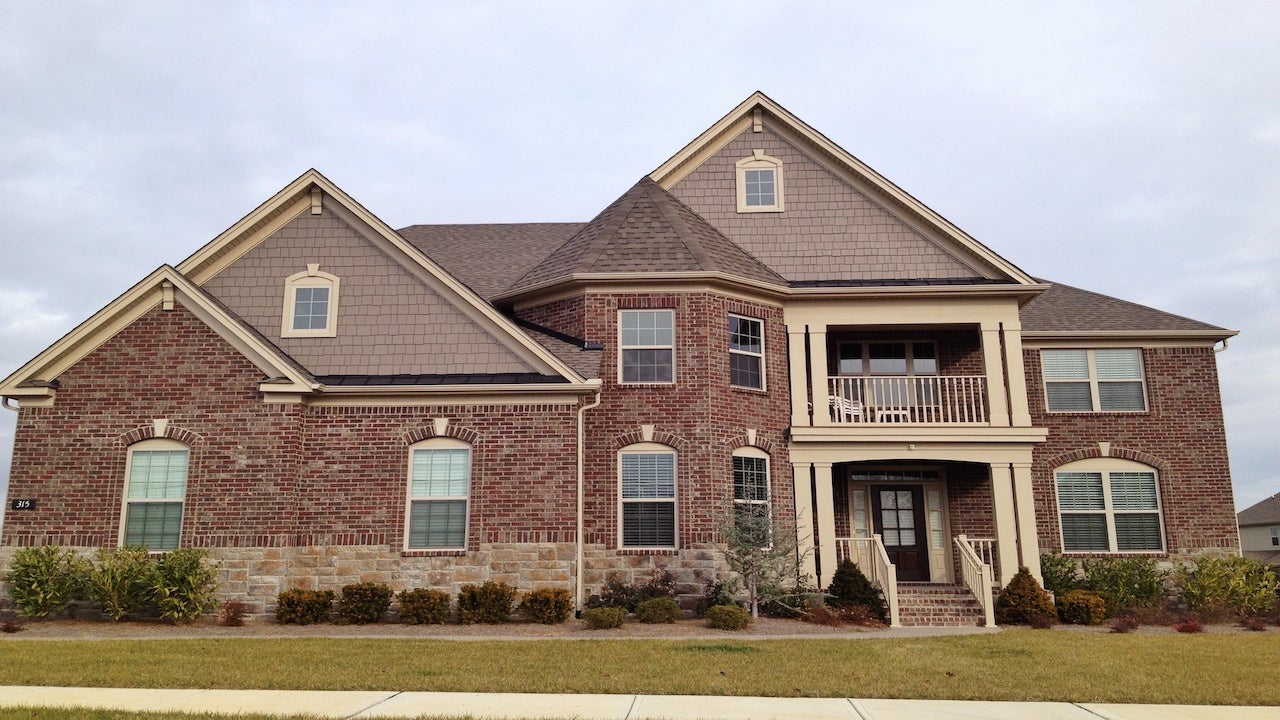ARM loan requirements in 2025

Key takeaways
- Adjustable-rate mortgage (ARM) loan requirements vary by the type of loan you get — whether conventional or government-backed — as well as the lender.
- You’ll need to meet credit score, debt-to-income ratio and down payment requirements to qualify for an ARM home loan.
- An ARM could be worth it if you plan to live in your new home for only five to 10 years, moving before the fixed-rate introductory period ends.
An adjustable-rate mortgage (ARM) is a home loan whose interest rate changes periodically after an introductory period. These changes can occur every six months or each year, depending on the loan terms. In contrast, a fixed-rate mortgage has an interest rate that stays the same over the loan’s term.
Here’s what you need to know about ARM loan requirements if you’re considering this type of mortgage in 2025.
Many mortgage lenders rely on the Secured Overnight Financing Rate (SOFR) to determine the adjustments for ARMs. The yield on the one-year Treasury bill and the 11th District cost of funds index (COFI) are other common benchmarks.
ARM loan requirements of 2025
Qualifying for an adjustable-rate mortgage can be more difficult because you’ll need enough income to make higher monthly payments if interest rates climb. But in other respects, ARMs have similar requirements to other types of mortgages. You’ll need to provide information about your employment and income through paperwork such as pay stubs, tax returns, W-2s and other income documentation — for example, proof of child support.
ARM credit score qualifications
You’ll need a credit score of at least 620 to qualify for a conventional ARM. FHA ARMs have a lower threshold: 580, or 500 if you’re prepared to make a 10% down payment. VA ARMs don’t have a blanket credit score requirement, but many VA lenders look for at least 620.
ARM debt-to-income (DTI) ratio qualifications
Generally, the DTI ratio for conventional ARM mortgage loans can’t exceed 45 percent, though some lenders may approve borrowers with more debt who also have substantial cash reserves. Most FHA loans go to borrowers with DTI ratios of 43 percent or less, while the VA prefers borrowers with a ratio of 41 percent or less. In all cases, the lower the better when it comes to DTI ratios.
Remember that borrowers qualify for ARMs based on their ability to cover a higher monthly payment, not the initial, lower payment.
ARM down payment requirements
Like fixed-rate loans, you don’t need to put 20 percent down on an ARM — but lenders do typically mandate higher down payments for them. While you can find fixed-rate loans that ask only 3 percent down, many lenders require at least a 5 percent down payment on conventional ARMs. An FHA ARM requires at least 3.5 percent. There’s no down-payment requirement for most VA ARMs.
ARM loan limits
In 2025, you can get a conforming ARM for up to $806,500, or as much as $1,209,750 if you live in a more expensive housing market. If you need a larger mortgage, some lenders offer jumbo or nonconforming loans with adjustable rates. These loans also generally require a higher credit score and down payment.
Should you get an adjustable-rate mortgage?
An ARM can be worth considering if:
- You’ll qualify for a lower initial interest rate than you would with a fixed-rate loan: ARMs tend to offer lower introductory rates than those for a comparable 30-year, fixed-rate loan, but the amount of savings can vary.
- You’ll save money longer term: It’s important to calculate how much you could save during the initial period of an ARM. For those taking out a jumbo loan, for example, an ARM can be the smart choice, since even a slightly lower interest rate can translate to a lot of money. This may offset the cost if you plan to refinance to a fixed-rate loan later.
- You plan on living in your home for just five to 10 years: An ARM often makes the most sense if you only plan on living in the home you’re buying for around five to 10 years — before the loan’s interest rate resets.
Keep in mind that, while an ARM is essentially a bet that interest rates will decrease — and that your monthly payment will stay the same or shrink when your rate adjusts — it’s impossible to know how rates will behave when your introductory period ends. While experts currently predict that rates will remain relatively stable for the rest of 2025, that’s not a guarantee — and it doesn’t reflect the rate environment in three, five, or even ten years. If you can’t afford the highest possible payment on your ARM, you should consider a fixed-rate mortgage.
FAQ
Why we ask for feedback Your feedback helps us improve our content and services. It takes less than a minute to complete.
Your responses are anonymous and will only be used for improving our website.
You may also like

Everything you need to know about emergency loans

Conforming loan limits in 2026





